Pipeline pumps are the heart of any fluid transportation system, providing the necessary energy to move liquids and gases over vast distances. From crude oil to drinking water, the right pipeline pump is crucial for efficiency, safety, and reliability. While the term "pipeline pump" might seem general, there are several distinct types, each with a unique design and purpose.
1. Centrifugal Pumps
Centrifugal pumps are, by far, the most common type of pipeline pump. They work by converting rotational kinetic energy into the hydrodynamic energy of the fluid flow.
-
How They Work: Fluid enters the pump's impeller at its center (the eye) and is flung outwards by centrifugal force. As the fluid moves through the volute casing, its velocity is converted into pressure, pushing it down the pipeline.
-
Key Characteristics:
-
High Flow Rate: Ideal for moving large volumes of fluid.
-
Versatility: Can handle a wide range of fluids, from light hydrocarbons to heavy crude oil.
-
Reliability: Simple design with few moving parts, leading to high reliability and easier maintenance.
-
Applications: Mainline oil and gas pipelines, water distribution systems, and chemical processing.
2. Positive Displacement Pumps
Unlike centrifugal pumps, positive displacement pumps move a fixed amount of fluid with each rotation or stroke. They are often used for high-pressure applications or when the fluid is highly viscous.
-
How They Work: These pumps trap a specific volume of fluid and then force it out into the discharge line. This action creates a continuous flow with consistent pressure, regardless of the discharge pressure.
-
Sub-Types for Pipelines:
-
Reciprocating Pumps (Piston or Plunger Pumps): Use a piston or plunger that moves back and forth to create a pumping action. They are known for generating very high pressures and are often used for metering or injecting fluids.
-
Rotary Pumps (Gear, Vane, or Screw Pumps): Use a rotating mechanism to trap and move the fluid. They offer a smoother, pulse-free flow compared to reciprocating pumps and are excellent for handling viscous liquids.
-
Key Characteristics:
-
High Pressure Capability: Can easily overcome high friction losses in long pipelines.
-
Consistent Flow Rate: The flow rate is less affected by changes in system pressure.
-
Viscous Fluid Handling: Excel at pumping thick, heavy fluids that are difficult for centrifugal pumps to handle.
-
Applications: Slurry pipelines, high-viscosity crude oil transport, and metering stations.

3. Progressive Cavity Pumps
A specialized type of positive displacement pump, the progressive cavity pump, is particularly effective for challenging fluids.
-
How They Work: This pipeline pump consists of a helical rotor that rotates eccentrically within a double-helical stator. This creates a series of sealed cavities that "progress" from the suction to the discharge end, smoothly pushing the fluid along.
-
Key Characteristics:
-
Gentle Pumping Action: Minimizes shear and agitation, making it ideal for shear-sensitive or abrasive fluids.
-
High Solids Handling: Can handle fluids with a significant amount of suspended solids.
-
Consistent, Low-Pulse Flow: Provides a steady flow without the pressure spikes found in some other positive displacement pumps.
-
Applications: Slurry and sludge pipelines, as well as handling high-viscosity crude oil or food products in a pipeline.
Choosing the Right Pipeline Pump
Selecting the correct pipeline pump is a complex engineering decision based on several factors:
-
Fluid Properties: Viscosity, density, and corrosiveness.
-
Flow Rate and Pressure Requirements: The volume of fluid to be moved and the required pressure to overcome friction.
-
Pipeline Characteristics: Length, diameter, and elevation changes.
-
Environmental and Safety Regulations: Specific industry standards and environmental considerations.
Whether a mainline is driven by a powerful centrifugal pump or a specialized positive displacement pump is designed for a specific fluid, the technology behind a pipeline pump is essential to global infrastructure.

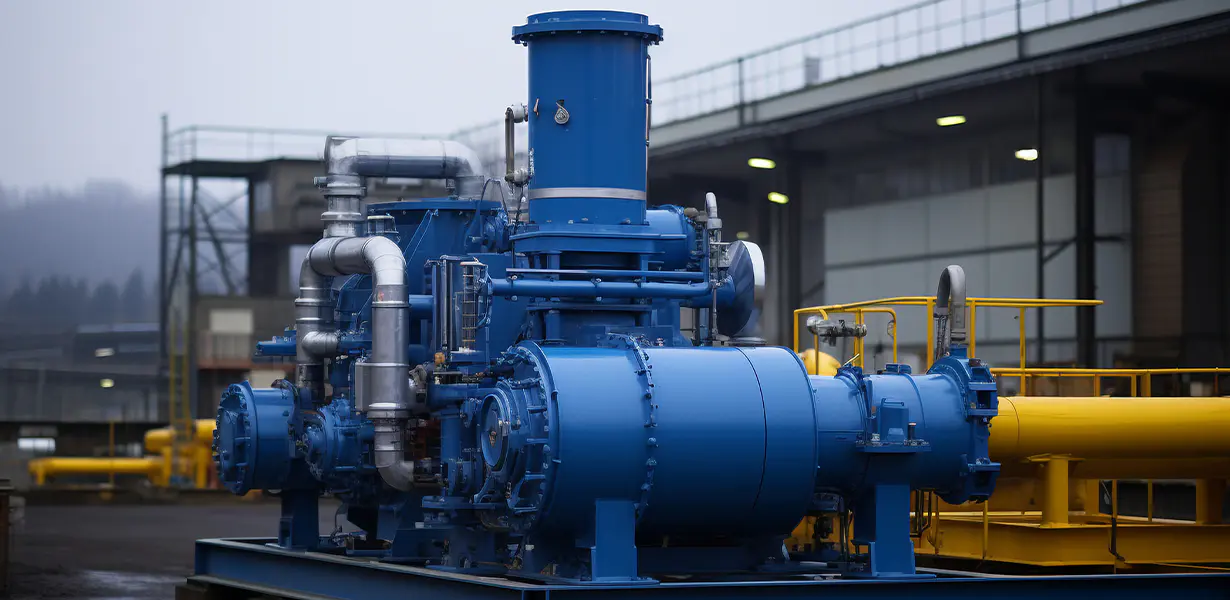
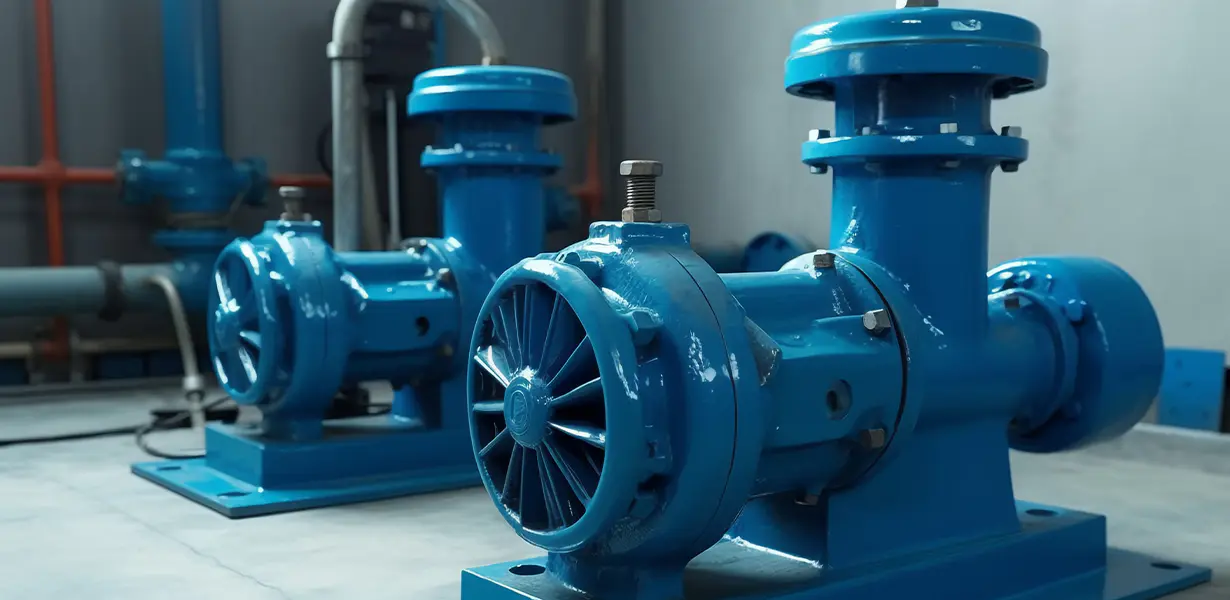
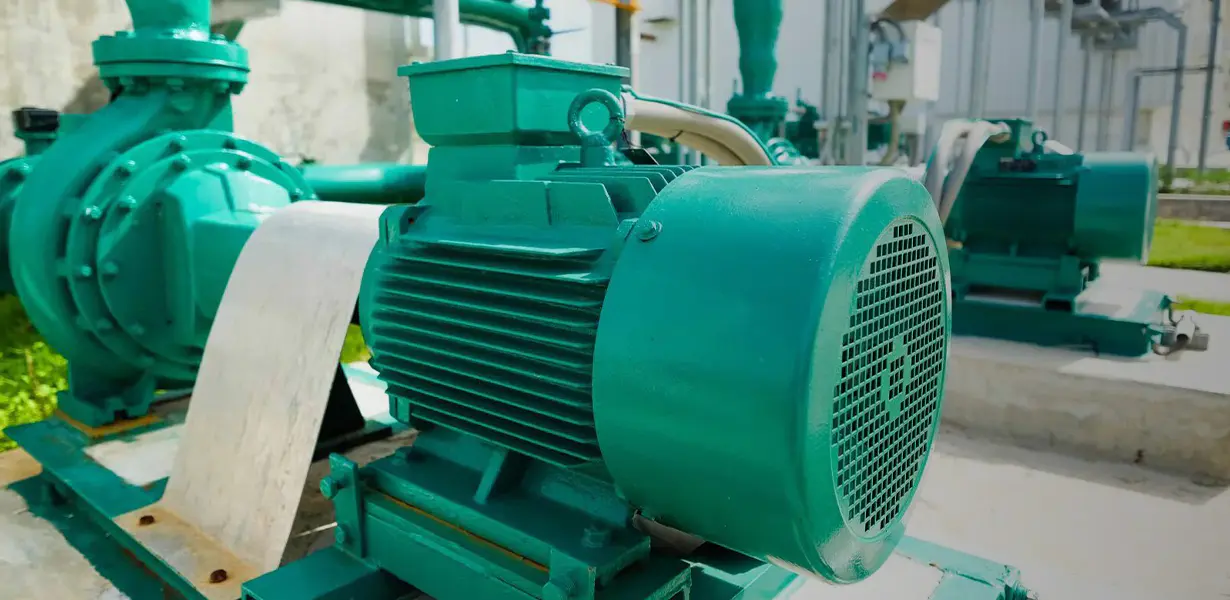
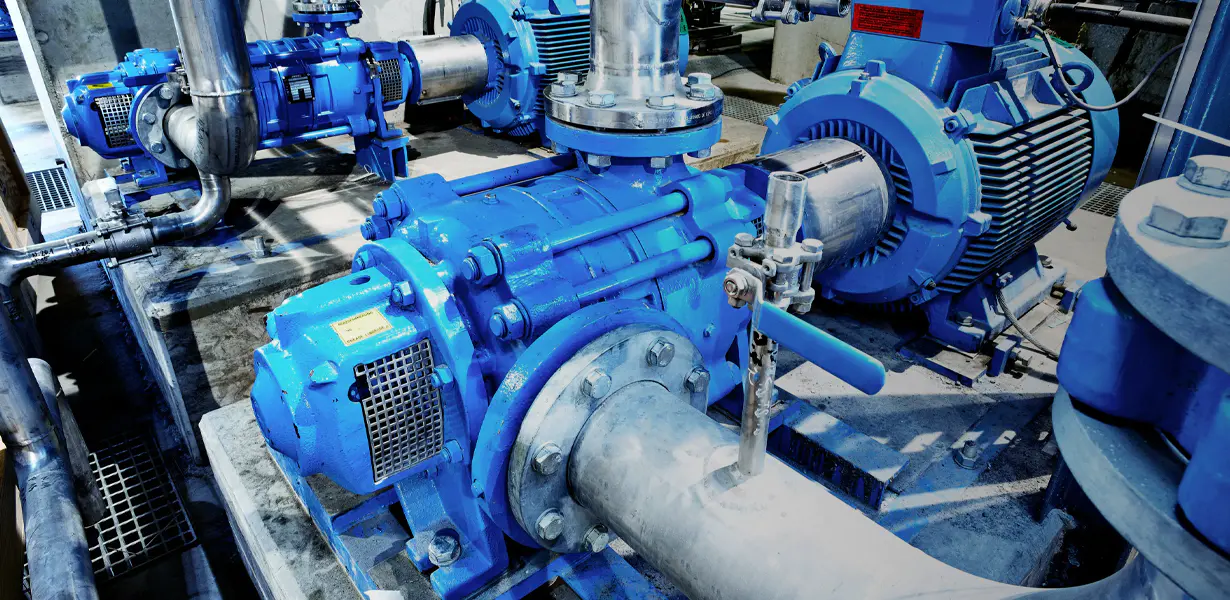
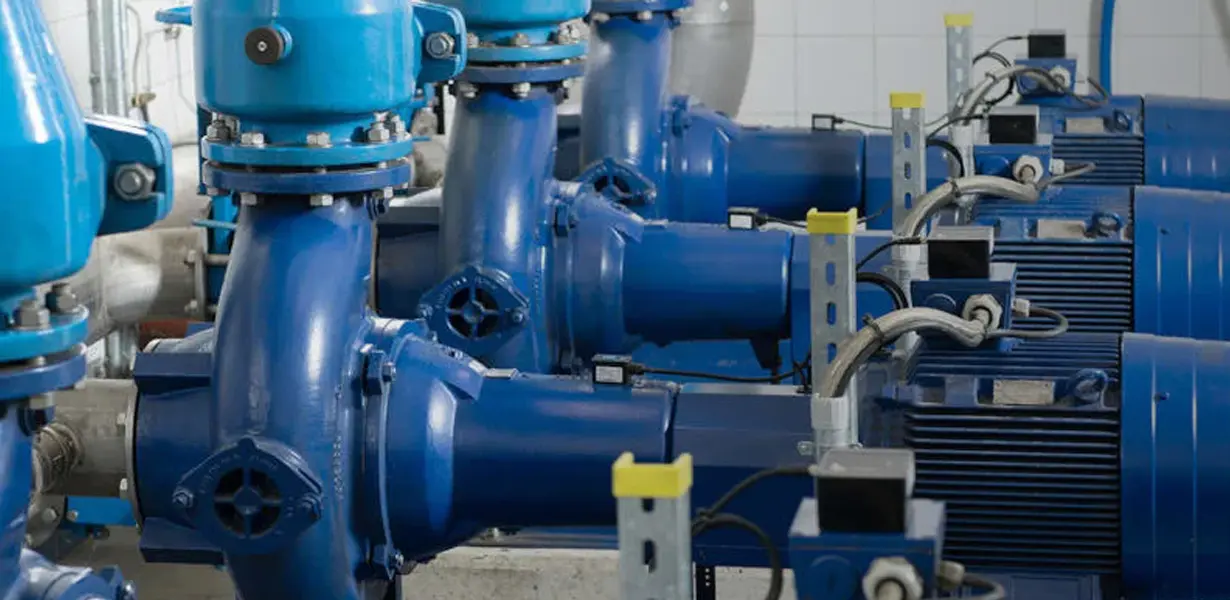


 English
English русский
русский Español
Español Français
Français












